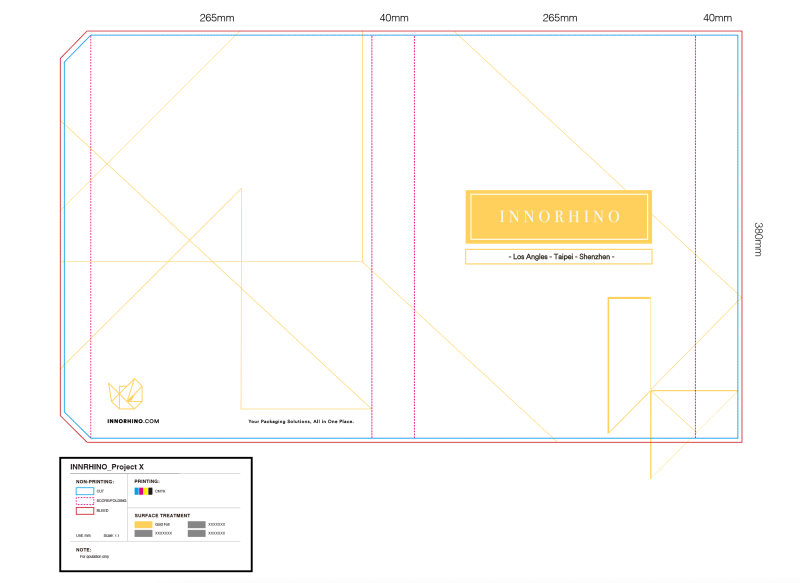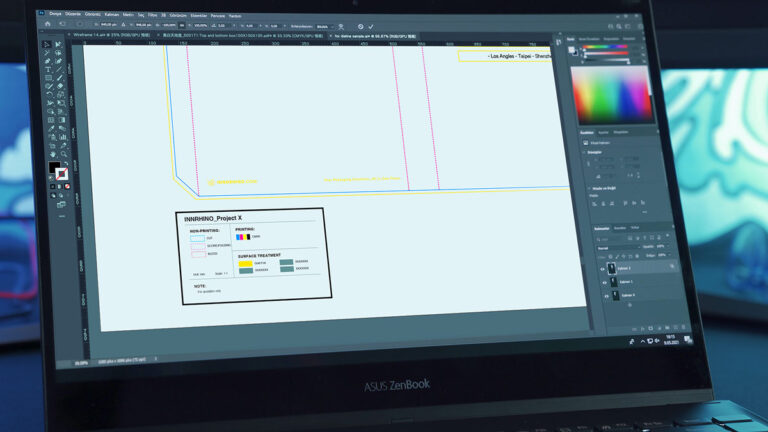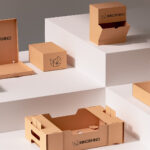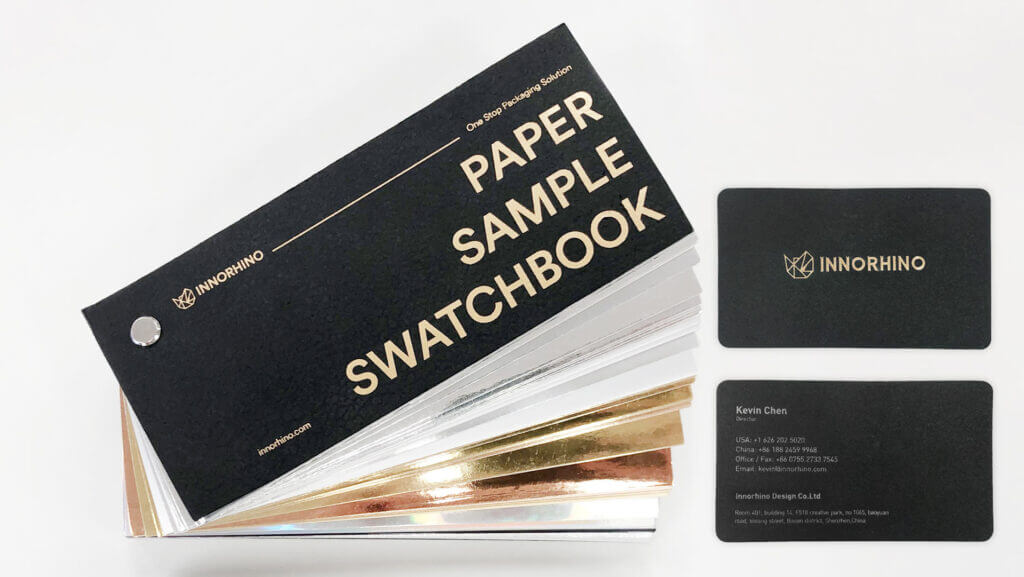Have you ever come across a packaging so beautiful that it takes your breath away? For it to become the beauty you ultimately behold, a product’s packaging goes through an entire production process that requires meticulous coordination between designers and printers. And one of the most important components is the dieline.
You may have heard about dieline. What is it? A dieline is a digital file or template that contains information on the design artwork, cut lines, and markings. This is a crucial piece that bridges design and manufacturing processes. And it’s true. Without a proper dieline, it’s difficult to determine if the design will translate well to its physical form.
Knowing what a packaging dieline is will help you communicate in the language of your suppliers. It could make sure that the production process is collaborative and well-informed. It’ll also save you from unnecessary misunderstandings that may delay the process.
Table of Contents
ToggleWhat is a dieline?
Dielines serve as a guideline for the final packaging and the printing process. It marks the folds and cut lines of a package design. It plays a crucial role in the die-cutting process. Moreover, it ensures that the design adheres to all technical requirements, including, but not limited to, package dimensions, placement of cut lines and folds, and bleed requirements.

With a dieline in place, it also helps inform the arrangement of various visual elements, such as logos, icons, and text, and how these components interact with each other.
If you’re still confused about what a dieline is, look for the packaging of a recent product you just bought. For example, a cosmetic item like a cream or serum usually comes in a box with an on-brand design and well-thought-out layout. This packaging also includes important information about the product, such as key ingredients, main benefits, and usage instructions, etc.
You may not think about this consciously. Yet, the way the packaging comes together to become the box that holds the product is the result of dielines. The box is cut and folded in a certain way that makes sense for the user. And for it to make sense, dielines are created during a thoughtful design process to ensure the final printed packaging can be assembled smoothly and is easy to use.
How to create a packaging dieline?
Now that you understand the importance of dielines, you may be wondering how to create one for your packaging. Well, fret not—usually your design agency or designer can help you with this. Depending on complexity and difficulty, the price usually falls between the range of $500- $2000 USD.
Or, if you’re fluent in design software, you can simply trace the outline of a packaging you admire and provide that to your design team. However, this process can be time-consuming and stressful. If you already have your plate full with other aspects of production, you may not want to take this on solo. Deferring the dieline process to seasoned designers can be the best course of action!
There are some tools online like Die Cut Template that help generate dielines for you to kick-start a packaging project. Yet, without supervision and feedback from proficient printing technicians, you or your designer might need to spend more time back and forth to redo the packaging layouts, bleeds, score line placement, and more technical issues that might occur when printing.
Partnering with a knowledgeable supplier who values your packaging design and brands!
At INNORHINO, we have our own specialized team that runs the assembly and manufacturing facility, and can handle your project from conception to completion. We’re always excited to work with business owners like you on unique packaging projects. If you have a packaging idea, or need expert advice on how to get started, we’d love to hear from you!
This article is written by: Leonni Antono – BBP
Image source: INNORHINO, Unsplash, Pexels
—
#dieline #dielinetemplate #packagingdesign #custompackaging #packagingsolution #packagingsupplier
Check other posts for more packaging ideas, inspirations, and insights! ![]()








